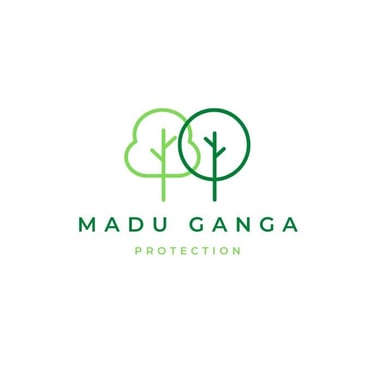The Madu Ganga Wetland
Covering 915 hectares in Balapitiya, Southern Sri Lanka, the Madu Ganga is a complex estuarine ecosystem where freshwater meets the sea, creating one of the most biodiverse wetlands in South Asia.
Ramsar Site No. 1372 • International Importance
Ramsar Wetland of International Importance
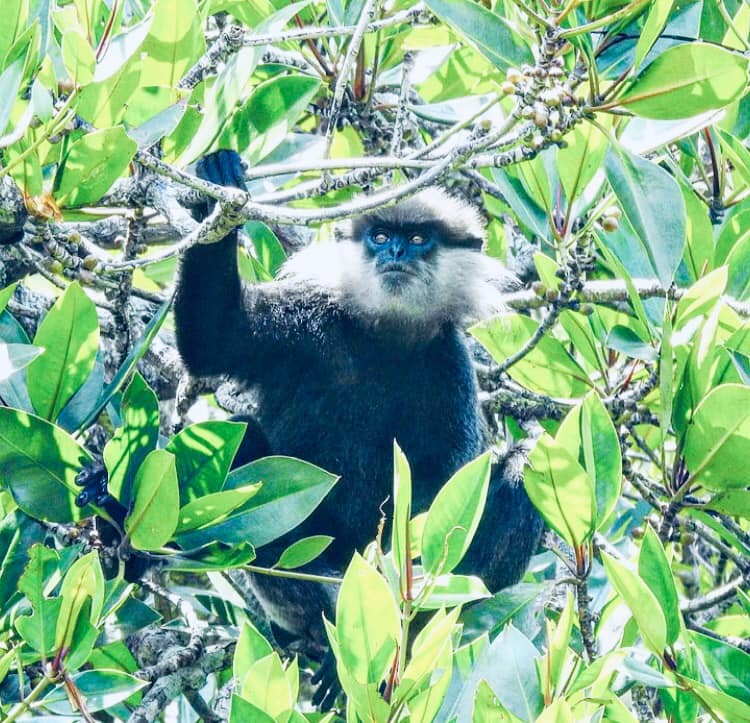

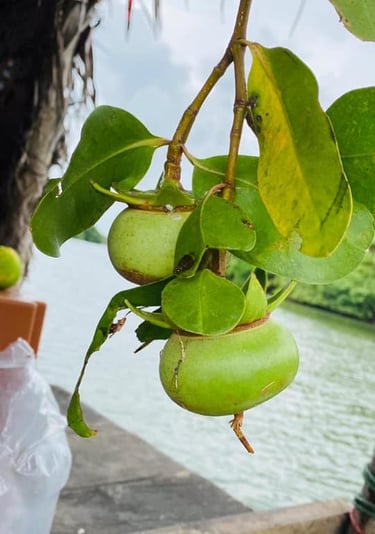

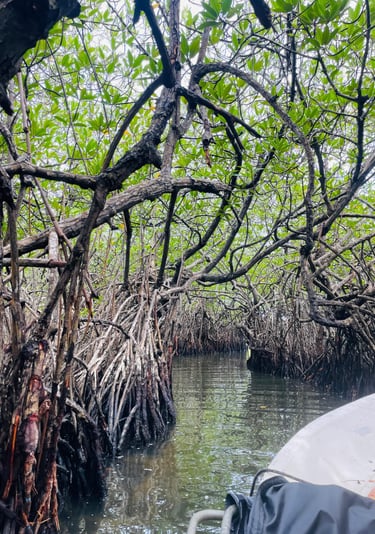

Designated as Ramsar Site No. 1372 in 2003, the Madu Ganga wetland meets multiple criteria for international importance, including its role as habitat for endangered species and its support of significant fish populations.
The wetland complex consists of 64 small islands covered with mangrove forests, creating a unique labyrinth of waterways that serves as a nursery for marine life and a critical stopover for migratory birds.
This recognition brings international attention to conservation needs and provides a framework for sustainable management that balances ecological protection with community livelihoods.
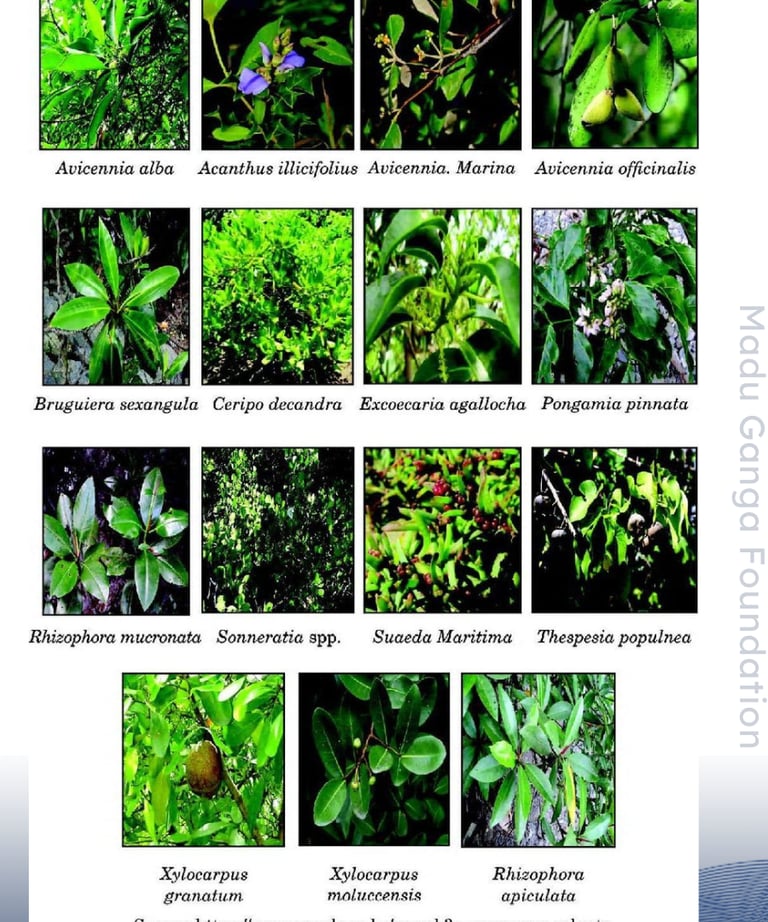

Mangrove Species
Including Rhizophora mucronata, Avicennia marina, and Bruguiera gymnorrhiza

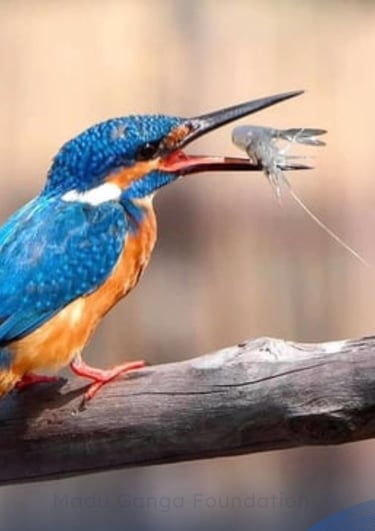
Bird Species
111 Species
Incredible Biodiversity
The Madu Ganga ecosystem supports an extraordinary variety of life, from microscopic organisms to large mammals, creating one of Sri Lanka's most important biodiversity hotspots.
Endemic and migratory birds including Purple Heron, Little Cormorant, and Kingfishers
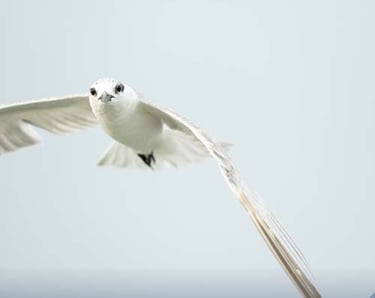



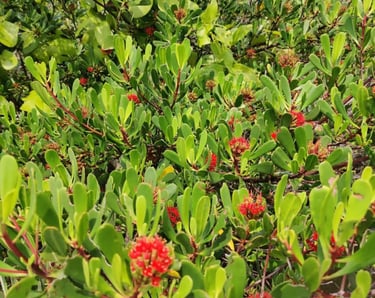

Fish Species
75+ Species
Marine and freshwater fish supporting local fishing communities
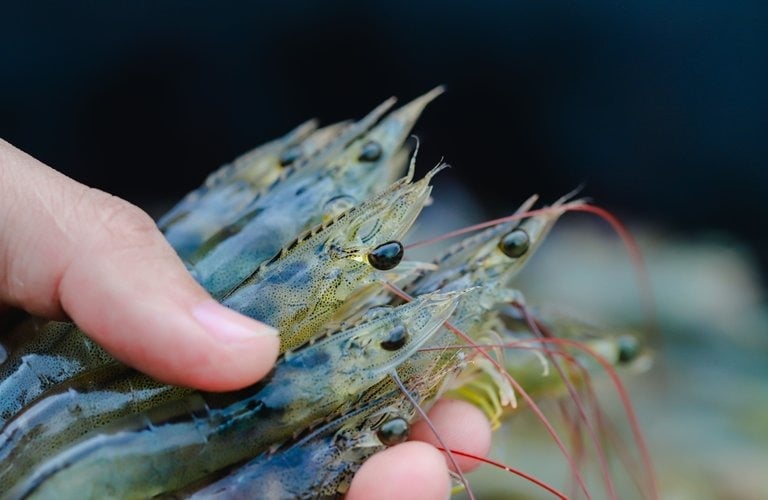

Reptiles & Amphibians
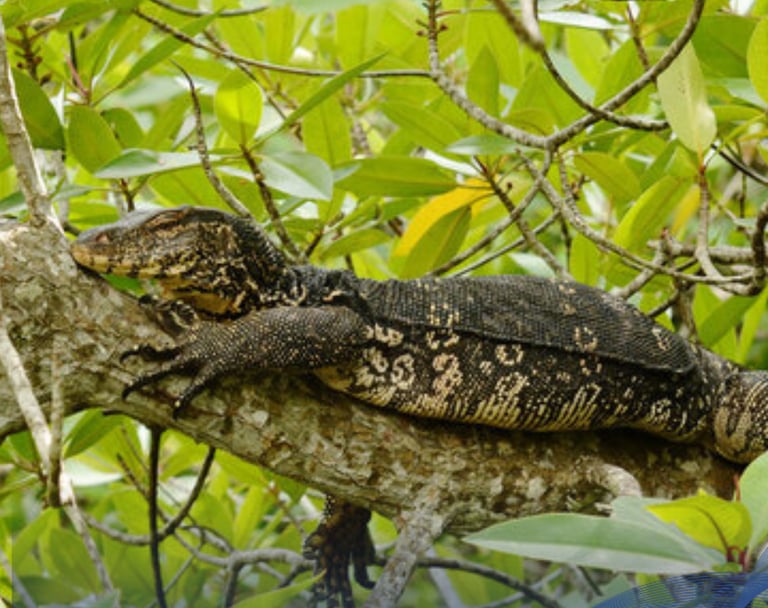

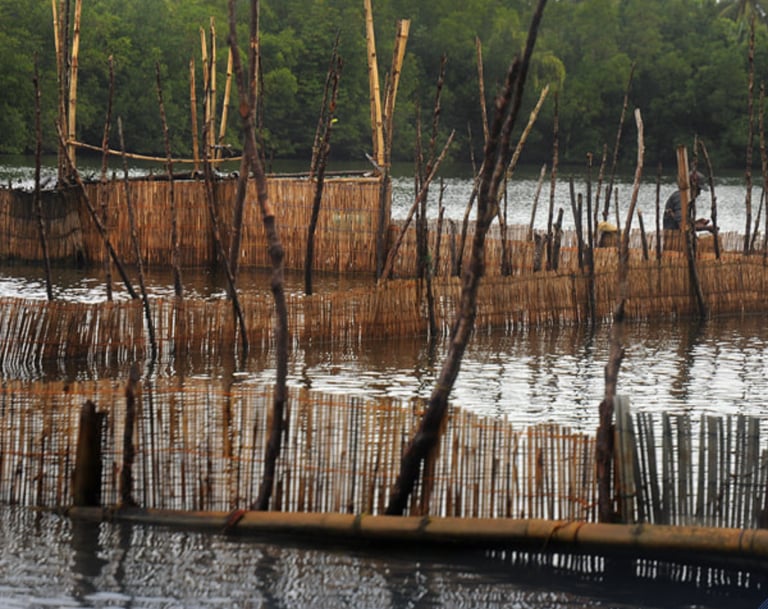

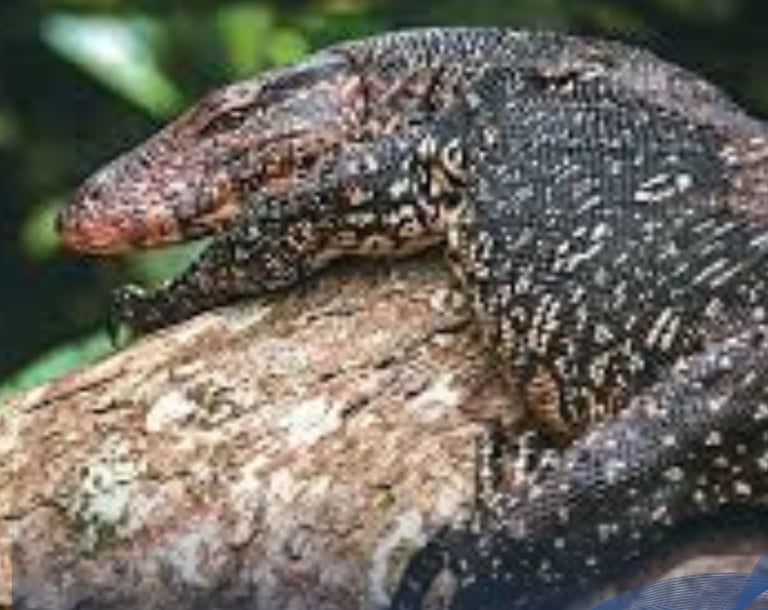

35+ Species
Including Water Monitor, various snake species, and endemic frogs
Ecosystem Services
The Madu Ganga provides essential services that benefit both local communities and the global environment.
Coastal Protection
Mangroves buffer against storms, tsunamis, and coastal erosion
Fisheries Support
Nursery grounds for commercially important fish species
Carbon Sequestration
Mangroves store 3-4 times more carbon than terrestrial forests
Water Filtration
Natural filtration improves water quality for communities
Conservation Challenges
The Madu Ganga faces multiple threats that require immediate and sustained conservation action to preserve this precious ecosystem.
Critical
Najas marina Invasion
This invasive aquatic plant blocks waterways, reduces oxygen levels, and disrupts the entire ecosystem balance.
Impact: Threatens navigation routes and fish breeding grounds
Our Solution: Research into bio-ethanol and organic fertilizer production
High
Pollution & Waste
Plastic waste, fertilizer run-off, and untreated sewage contaminate the pristine wetland waters.
Impact: Degrades water quality and harms marine life
Our Solution: Community education and waste management programs
Medium
Unsustainable Tourism
Unregulated boat traffic and visitor activities disturb wildlife and damage sensitive habitats.
Impact: Disrupts breeding cycles and erodes mangrove roots
Our Solution: Certified guide programs and visitor guidelines
High
Climate Change
Rising sea levels and changing rainfall patterns threaten the delicate balance of this estuarine ecosystem.
Impact: Saltwater intrusion and habitat loss
Our Solution: Mangrove restoration and adaptive management
Help Protect This Precious Ecosystem
The Madu Ganga's survival depends on immediate conservation action. Your support helps us address critical threats and preserve this wetland for future generations.
